外国专业派瑞林和防水剂要点解答英文版
Five key facts about Parylene when protecting printed circuit board assemblies
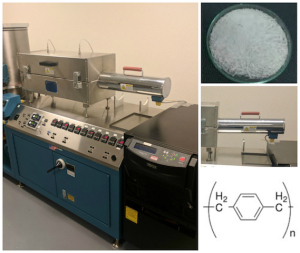
-
The Parylene conformal coating process is a very specialised vapour deposition application method using specialist vacuum chamber systems. This differs significantly to all of the other liquid conformal coatings available on the market that are applied by spraying, brushing and dipping.
-
Parylene coating is completely conformal and uniform to the surface of the Printed Circuit Board (PCB) or product. It is also pinhole free. Therefore, components with sharp edges, points, flat surfaces, crevices or exposed internal surfaces are coated uniformly without voids.
-
Parylene coating provides an excellent moisture and gas barrier due its very low permeability. This means that electronics circuit boards coated in Parylene generally are more “waterproof” than the same electronics coated in a liquid conformal coating.
-
Parylene is unaffected by solvents (it has very high chemical resistance) and is very effective against salt attack.
-
Parylene has excellent electrical properties. This includes having low dielectric constant and loss with good high-frequency properties, good dielectric strength, and high bulk and surface resistance.
Five key facts about using fluoropolymer Nano-coatings for protecting printed circuit boards
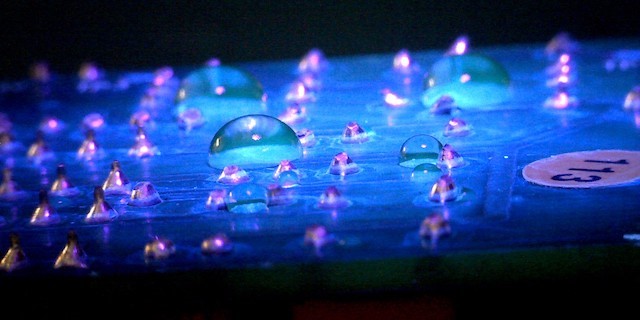
-
A Nano-coating is hydrophobic. It repels water from the surface of the circuit board and water will not wet the circuit.
-
The Nano-coatings are extremely thin (<2um). They are very different to traditional conformal coatings.
-
Nano-coatings do not require masking. The circuit board can be completely submerged in the liquid with no masking applied without damaging components.
-
They have excellent chemical resistance due its fluorine bonds. The Nano-coatings are perfect to protect against chemical attack.
-
Using a Nano-coating is a fast simple process. The coating can be dipped quickly, without masking, and the coating dries extremely fast.
-
Parylene coatings are completely conformal to the surface of the Printed Circuit Board (PCB) or product. This means that the coating has a uniform thickness and is pinhole free. As a result, component configurations with sharp edges, points, flat surfaces, crevices or exposed internal surfaces are coated uniformly without voids.
-
Parylene coating provides an excellent barrier that exhibits a very low permeability to moisture and gases. This means that products coating in parylene generally are more “waterproof” than the same products coated in a liquid conformal coating.
-
Parylene is unaffected by solvents, has low bulk permeability and is hydrophobic. Coatings easily pass a 100hr salt-spray test.
-
Parylene has excellent electrical properties. These include low dielectric constant and loss with good high-frequency properties, good dielectric strength, and high bulk and surface resistance
-
Parylene is transparent and can be used to coat optical elements.No initiators or catalysts are involved in the polymerization so the coating is very pure and free from trace ionic impurities.
-
Parylene is unique in being created directly on the surface at room temperature. Room temperature formation means the conformal coating and the parts are effectively stress-free.
-
Parylene coating completely penetrates spaces as narrow 0.01mm (10 microns)
-
Parylene is chemically and biologically inert and stable and make excellent barrier material.
-
Parylene has good thermal endurance: Parylene C performs in air without significant loss of physical properties for 10 years at 80°C and in the absence of oxygen to temperatures in excess of 200°C.
-
FDA approval of parylene-coated devices is well-documented. The coatings comply with USP Class VI Plastics requirements and are MIL-I-46058C / IPC-CC-830B listed.
-
-
True Conformal Coating. Parylene coating is completely conformal to the surface of the Circuit Board. This means that the coating has a uniform thickness and is pinhole free.
-
Very Low Permeability. Parylene coating provides an excellent barrier that exhibits a very low permeability to moisture and gases. This means that products coating in parylene generally are more “waterproof” than the same products coated in a liquid conformal coating.
-
Solvent Protection. Parylene is unaffected by solvents, has low bulk permeability and is hydrophobic.
-
Salt Protection. Coatings easily pass a 100hr salt-spray test due to the homogeneous coating.
-
Parylene has excellent electrical properties. These include low dielectric constant and loss with good high-frequency properties, good dielectric strength, and high bulk and surface resistance.
-
100% Clarity. Parylene is transparent and can be used to coat optical elements.
-
Room Temperature Deposition. Parylene is unique in being created directly on the surface at room temperature. Room temperature formation means the conformal coating and the parts are effectively stress-free.
-
Inert in nature. Parylene is chemically and biologically inert and stable and make excellent barrier material.
-
Excellent Penetration. Parylene coating completely penetrates spaces as narrow 0.01mm (10 microns)
-
Good Thermal Properties. Parylene has good thermal endurance. Parylene C performs in air without significant loss of physical properties for 10 years at 80°C and in the absence of oxygen to temperatures in excess of 200°C.
-
Why use Parylene conformal coating?
The Parylene conformal coating process is a specialised vapour deposition application process using specialist systems differing significantly to all of the other liquid conformal coatings available on the market.

This difference leads to many unique advantages:
10 Reasons To Use Parylene Coating for Circuit Board Protection

随着电子产品防水需求的不断提高,从原先的 IP54到现在的IP67IP68等级!市场上出现了防水透气膜和防水透音膜,目前这两种不同的材料应用被搞混了,今天便与大家一起讨论防水透气
最近各地降雨量激增,所以手机就难免会沾点水,作为生活中不可或缺的电子产品,防水已经成为一个十分重要重要功能,而且个人对目前的IP68手机市场是相当不满意的。为什么?太贵
自然界中荷叶具有出淤泥而不染的典型不沾水特性(学术上称为Cassie-Baxter状态),具有自清洁、抗结冰、减阻、抗腐蚀等广泛应用价值,而玫瑰花瓣则具有水滴高粘附特性(称为Wenze
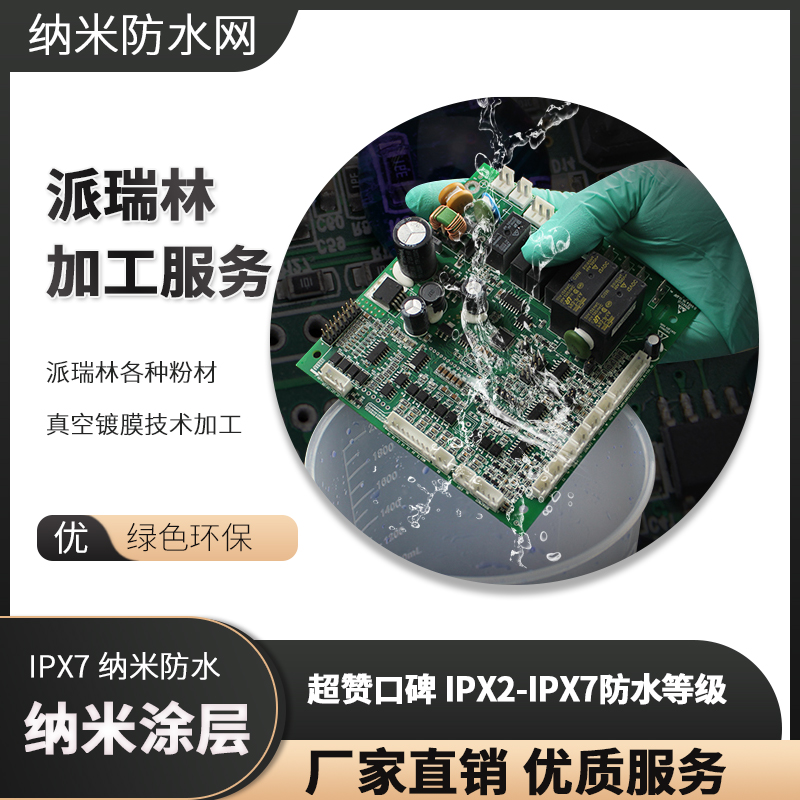
派瑞林各种粉材真空镀膜技术加工 纳米涂层防水处理
派瑞林各种粉材真空镀膜技术加工 纳米涂层防水处理
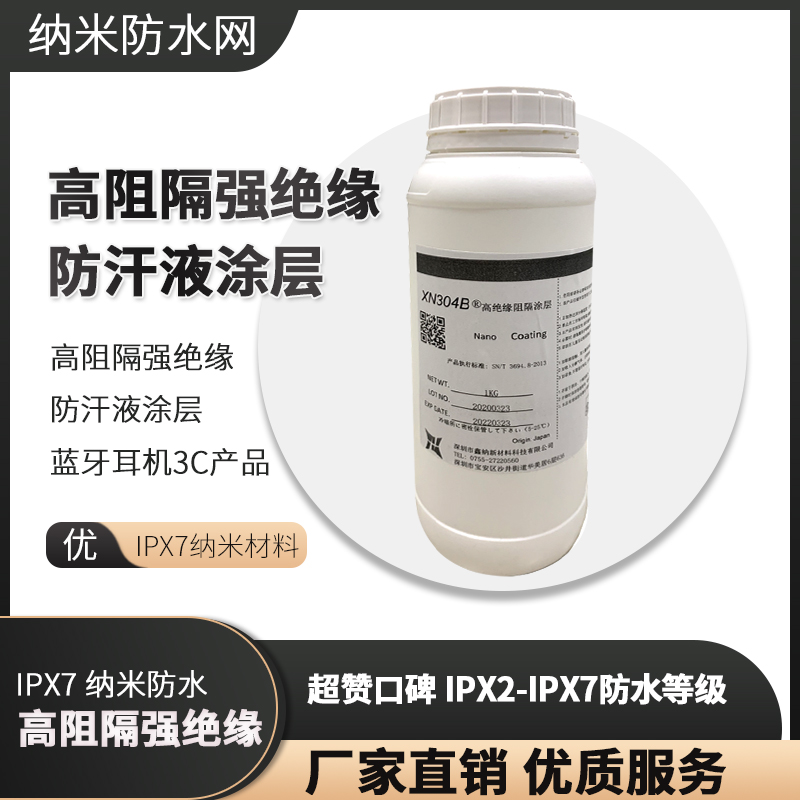
高阻隔强绝缘防汗液涂层蓝牙耳机3C电子产品IPX7纳米材料
高阻隔强绝缘防汗液涂层蓝牙耳机3C电子产品IPX7纳米材料
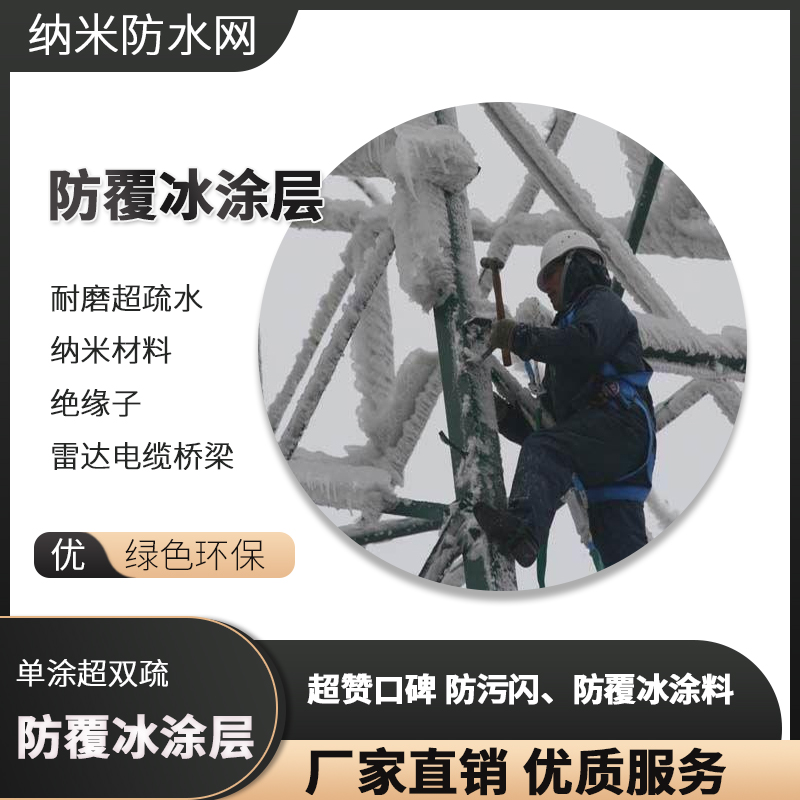
耐磨超疏水纳米材料 绝缘子架空导线电缆桥梁防覆冰涂层
耐磨超疏水纳米材料 绝缘子架空导线电缆桥梁防覆冰涂层
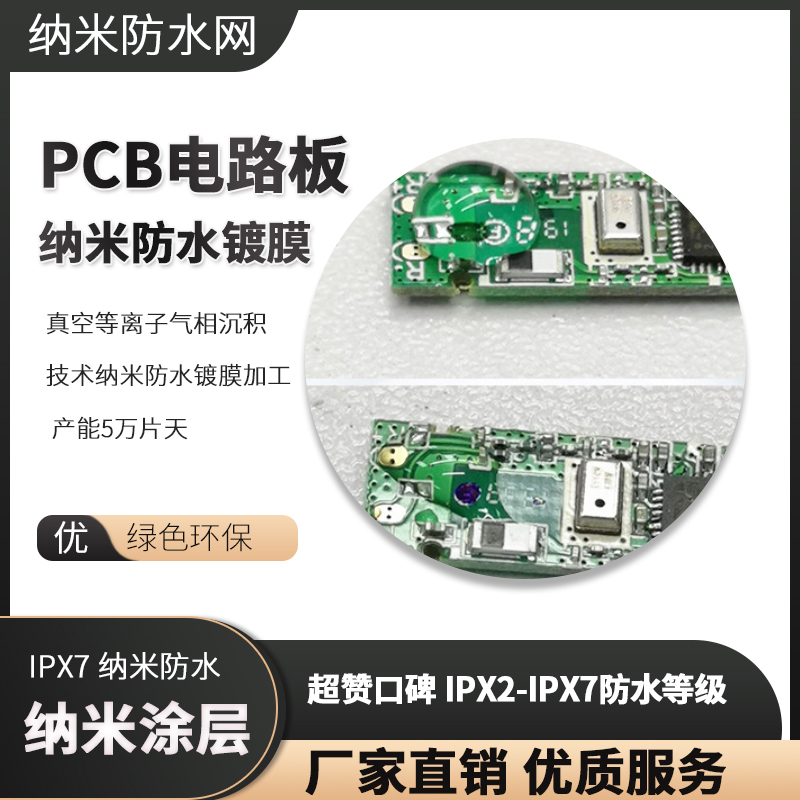
真空等离子气相沉积技术纳米防水镀膜加工 产能5万片天
真空等离子气相沉积技术纳米防水镀膜加工 产能5万片天
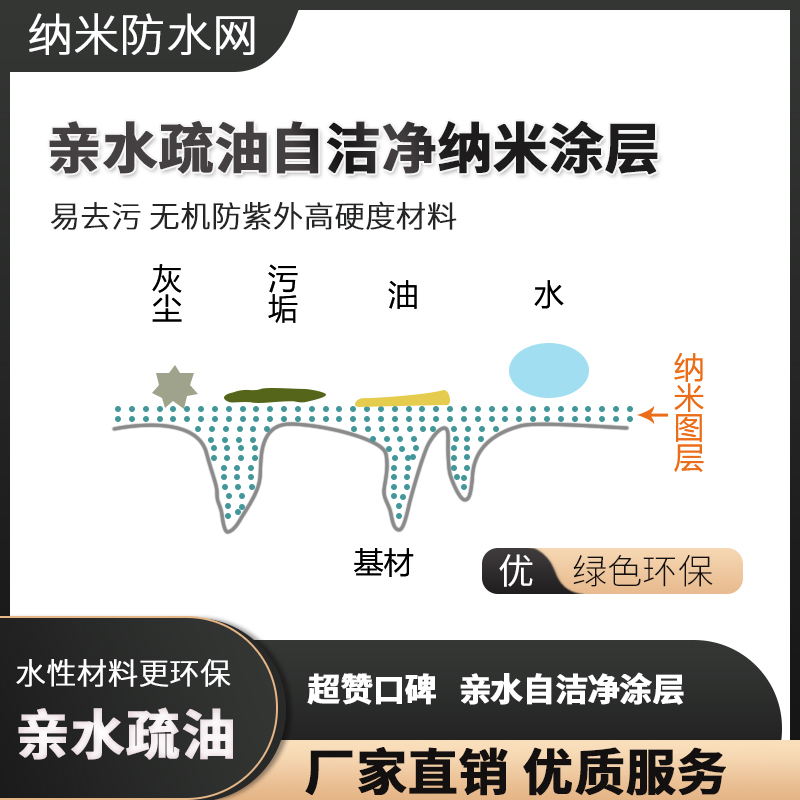
亲水疏油自洁净纳米涂层 易去污 无机防紫外高硬度材料
亲水疏油自洁净纳米涂层 易去污 无机防紫外高硬度材料
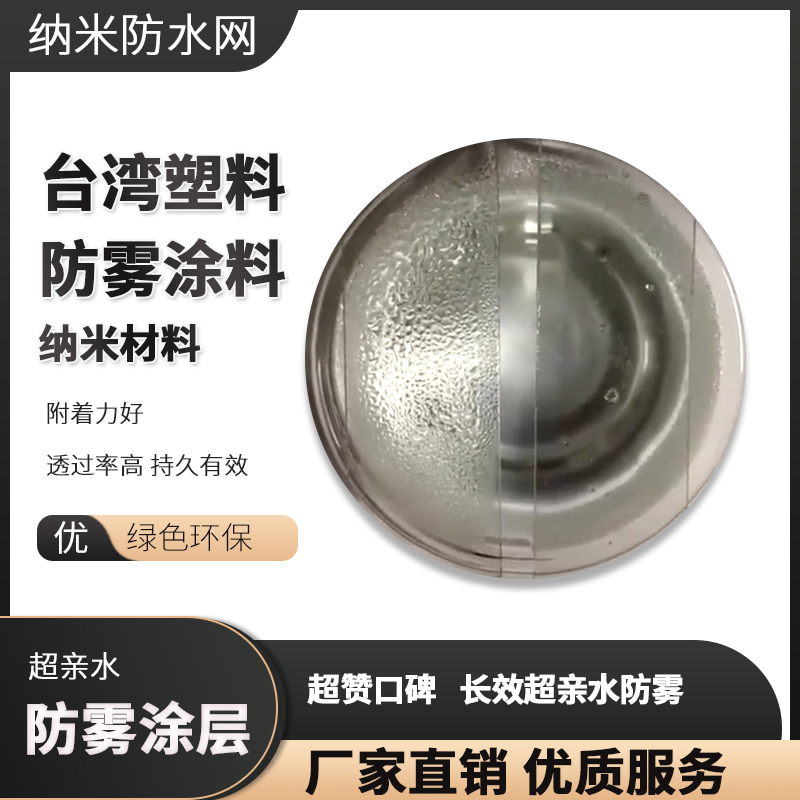
台湾超亲水防雾塑料专用 附着力好 透过率高 持久有效
台湾超亲水防雾塑料专用 附着力好 透过率高 持久有效


